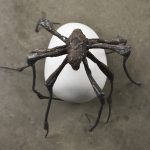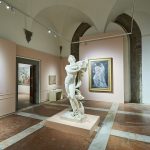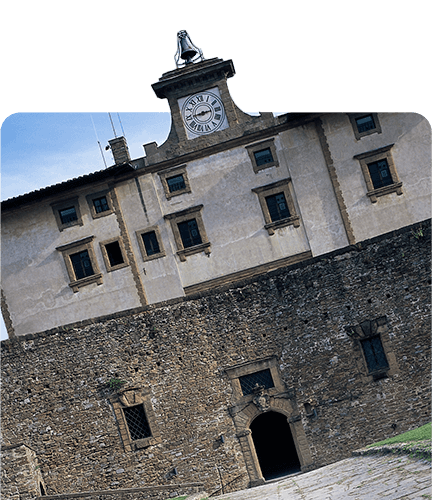Ytalia

to 01 October 17
100 contemporary works of art at Forte di Belvedere and throughout the city
Italy is a republic founded on art and beauty: one could also affirm that it is a republic founded and refounded by artists. In one of the vaults of Assisi’s Upper Basilica, at the end of 1200, Cimabue, wrote “Ytalia” in the margin of a painting of a city, almost certainly Rome: a very early affirmation of the existence of Italian civilization. With this mark, Cimabue sanctioned that national boundaries are artistic before political and that national identity is made up of classic and humanistic culture, pagan beauty and Christian spirituality.
Italy is still today the realm of art and beauty. Italian art has strongly influenced the international artistic community– from Giotto to Piero della Francesca, from Michelangelo to Caravaggio and from these artists to the Futurists and beyond – and has been a model for the whole world because in our artwork it is possible to admire the perfect balance between classicism and anticlassicality, eclecticism and purism, invention and citation, immanence and transcendence.
Ytalia offers the national and international public the opportunity to encounter some of the major artists of our times: the exhibition project – promoted by the Comune di Firenze and organized by Mus.e – is set up in collaboration with the Uffizi Gallery, the Opera di Santa Croce and the Marino Marini Museum.
Over one hundred works, exhibited at Forte di Belvedere and in some of the symbolic places of our heritage: a veritable museum of contemporary art, in the heart of the city, between interior and exterior, between the Middle Ages and Renaissance, between museums and gardens, funerary chapels and areas of political life, galleries and studios, cloisters and crypts.
The Ytalia exhibition strengthens the image of a city of contemporary art, which together with the artists reflects on its civil history and artistic heritage, on the great cultural legacies of the past, on present-day society, on the permanence of myths and fables, on common archetypes and different iconographic traditions, on the exchange between artistry and art, between the arts and sciences, between sacred science and anthropology.



